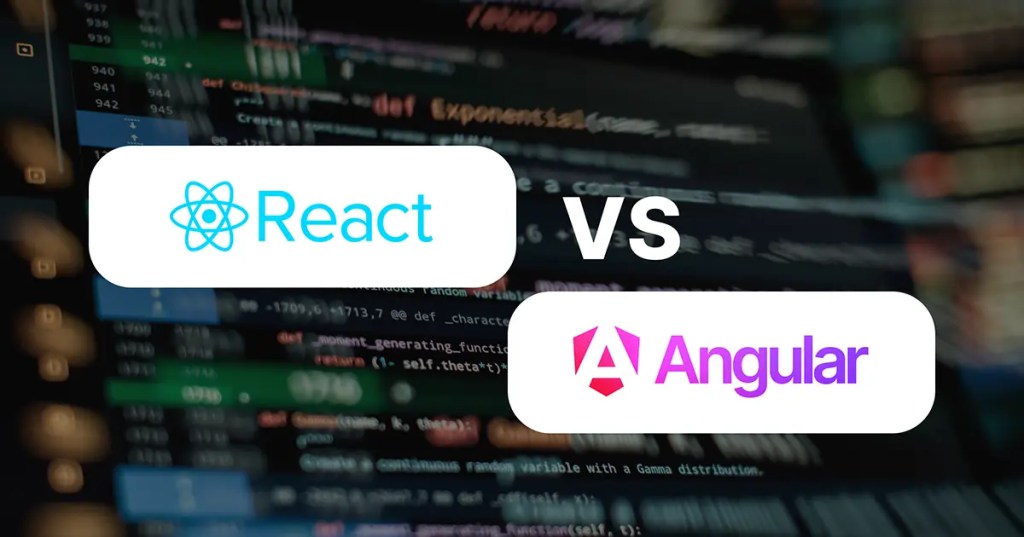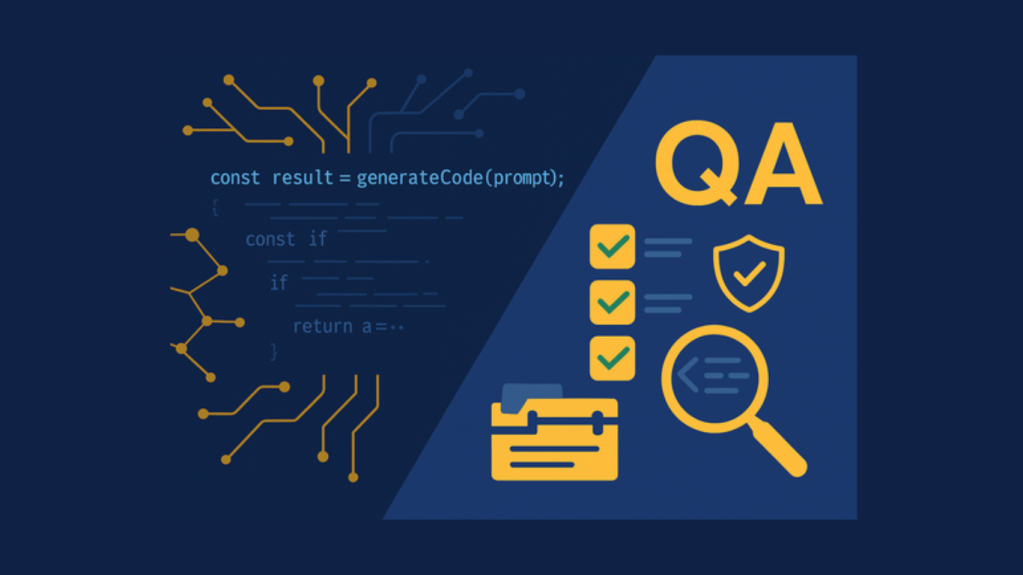Developers have a wide range of technologies and programming languages to choose from when building an application. The choice often comes down to which database, web server, and front-end framework best aligns with the project’s requirements and the team’s expertise. The selected combination forms the tech “stack” the application is built on.
Two of the most widely used tech stacks today are the MEAN stack and the MERN stack. Both are excellent options for creating web and mobile apps that require dynamic updates. While the names suggest similarities, there are key differences that might lead a developer to prefer one stack over the other.
What Are MEAN and MERN Stacks?
Let’s start with the basics: What exactly are MEAN and MERN stacks?
The MEAN Stack is a set of technologies—MongoDB, Express.js, Angular, and Node.js—that work together like a well-oiled machine. Angular, the front-end framework in this stack, really takes center stage.
On the other hand, the MERN Stack is similar but with one key difference: it replaces Angular with React, a JavaScript library known for being flexible and fast. So, while both stacks have a lot in common, the choice between Angular and React is what truly differentiates them.
Core Components of Each Stack
Both MEAN and MERN stacks are built on the same fundamental components:
MongoDB serves as the database for both stacks. It’s a NoSQL database, which means it handles data in a way that’s flexible and well-suited for modern applications.
Express.js is a web application framework that simplifies backend development. Whether you’re using MEAN or MERN, Express.js handles the heavy lifting behind the scenes.
Node.js brings JavaScript to the server side. This means you can use the same language—JavaScript—across your entire application, simplifying the development process.
But then comes the big difference…
Angular vs. React
Angular, the front-end framework in MEAN, offers a full-fledged structure with two-way data binding and an opinionated approach. React, the library used in MERN, is more about components and gives you the flexibility to build your app your way. It’s also worth noting that React’s larger community and ecosystem can be a significant advantage for developers looking for extensive support and third-party tools.
MEAN Stack Features
Why is the MEAN stack gaining so much traction among developers these days? It comes down to a few standout features that really resonate with today’s tech community:
Reliable database: MongoDB, the go-to database in the MEAN stack, is perfect for apps that need to handle a lot of data quickly and efficiently. Its flexible structure and intelligent indexing make it an excellent fit for apps that require frequent updates. Of course, if your project has different needs, you can always swap in databases like MySQL or Oracle.
Lightweight web framework: Express.js is the backbone of web development in the MEAN stack. It’s packed with tools that make building apps easier and supports various programming languages. Plus, Express.js is great at handling multiple requests at once, which means your app can run smoothly even under heavy use.
Unified JavaScript environment: With Node.js running JavaScript on the server side, you don’t have to juggle different languages for the front and back end. This keeps development straightforward and ensures your code is consistent across the board.
Powerful front-end framework: Angular is the front-end superstar in the MEAN stack. It’s a comprehensive framework designed for building web and mobile apps. Because it’s written in TypeScript—a sped-up version of JavaScript—it helps you write cleaner, more organized code.
Open source advantage: Every major piece of the MEAN stack is open source, which not only cuts costs but also gives you the freedom to customize your tools as needed.
Strong community support: The MEAN stack has a big, active community. Whether you need tutorials, advice, or just some inspiration, there’s a wealth of resources to help you along the way.
MERN Stack Features
Developers love the MERN stack for many of the same reasons they love MEAN: it’s efficient, flexible, and scalable. Here’s a closer look at what makes the MERN stack so appealing:
Trusted database: Like in the MEAN stack, MongoDB is the database of choice in the MERN stack. It’s ideal for applications that handle lots of data quickly and make frequent updates. And just like with MEAN, you can swap it out for something like MySQL or Oracle if your project calls for it.
Efficient web framework: Express.js does the heavy lifting for web development in both MEAN and MERN stacks. It offers a solid toolkit for building apps and handles a wide range of programming languages. Its ability to process multiple requests simultaneously keeps your app running smoothly.
Consistent JavaScript use: Node.js runs JavaScript on the server side, making it easier to maintain a consistent development process. Things stay streamlined and cohesive, with one language powering both the front and back end.
Flexible front-end library: The MERN stack shines with React on the front end. React is a JavaScript library that’s all about flexibility and simplicity. Its component-based architecture makes it easy to build and manage dynamic user interfaces.
Open source benefit: Like MEAN, the MERN stack’s open-source components are cost-effective and customizable. The open-source nature of these tools fosters creativity and innovation, giving you a solid foundation to build on.
Growing community: The MERN stack is becoming increasingly popular, which means its community is growing, too. You’ll find plenty of resources, from tutorials to detailed documentation, to help you get started and keep moving forward.
👋 Do you want to talk with an expert JavaScript team? Get in touch!
MERN Stack vs. MEAN Stack: What Sets Them Apart
The primary distinction between the MERN and MEAN stacks lies in their front-end technologies. MERN uses React, while MEAN relies on Angular. Both are fantastic choices, but they cater to different needs and preferences.
Front-End Frameworks: React vs. Angular
React, the heart of the MERN stack is a powerful library for building user interfaces. It’s all about flexibility and component-based development, allowing you to create reusable UI components that make your app efficient and easy to maintain. On the flip side, Angular in the MEAN stack is a full-fledged framework. It follows the model-view-controller (MVC) pattern, providing a more structured and comprehensive environment with a lot of built-in features out of the box.
Learning Curve
If you’re new to these technologies, Angular might initially seem a bit daunting. It has a steeper learning curve due to its extensive and complex API. React, however, tends to be more approachable, especially if you already have a good grasp of JavaScript. Its more straightforward API makes it easier to pick up and start building immediately.
Performance
When it comes to performance, React often has the edge. It uses a virtual DOM (Document Object Model) that optimizes updates by only re-rendering changed components. This can make your applications feel faster and more responsive compared to Angular’s approach, which updates the actual DOM and can be less efficient in certain scenarios.
Community and Ecosystem
Angular has been around longer, boasting a larger, more established community. This means more tutorials, plugins, and third-party tools are available to help you. However, React’s community is rapidly growing and incredibly vibrant. It’s constantly evolving with new libraries and tools that keep it fresh and adaptable to modern development needs.
Customization and Flexibility
React offers greater flexibility since it’s just a library focused on the view layer. You can integrate it with other libraries or frameworks as needed, tailoring your tech stack to fit your project’s specific requirements. As a complete framework, Angular provides more out-of-the-box solutions, which can speed up development but might limit flexibility if you need something beyond what it offers.
Choosing the Right Stack for You
Ultimately, the choice between MERN and MEAN depends on your project requirements and personal or team preferences. MERN with React might be the better fit if you value flexibility and a quicker learning curve. If you prefer a more structured framework with comprehensive features, MEAN with Angular could be the way to go. Both stacks are robust and capable, so you can’t go wrong with either—it’s all about what aligns best with your development style and project needs.
Ready to Choose the Right Tech Stack for Your Project?
At Curotec, we specialize in helping businesses like yours navigate the complexities of modern web development. Whether you’re leaning towards the MERN or the MEAN stack or need guidance on which technology best suits your needs, our team of experts is here to help.
Let’s build something amazing together. Reach out to us to discuss your project and find the perfect solution for your business!









